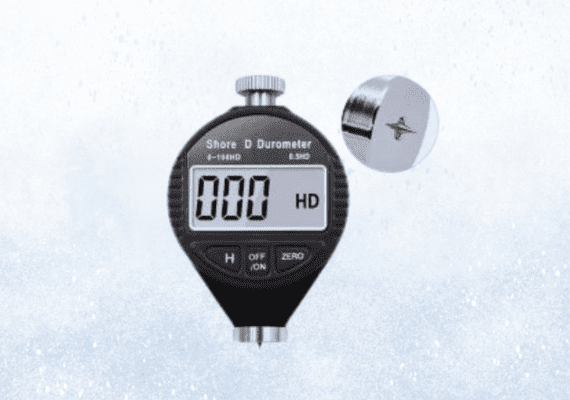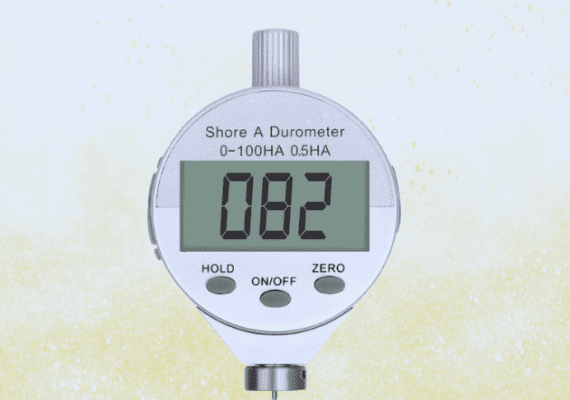
What is ASTM D2240?
ASTM D2240 is a standard test method developed by ASTM International that specifies the procedure for measuring the hardness of rubber, elastomers, and other similar materials. It is commonly used to test a wide range of materials, including soft rubbers and harder plastics, using a durometer, a device that measures indentation hardness. This standard ensures consistency and accuracy in hardness testing, making it a vital reference for quality control and material specification.
Key Elements of ASTM D2240 Hardness Testing:
Test Specimen Requirements:
Types of Durometers:
Testing Procedure:
Factors Affecting Hardness Measurements:
Data Interpretation:
Applications of Hardness Testing with ASTM D2240:
